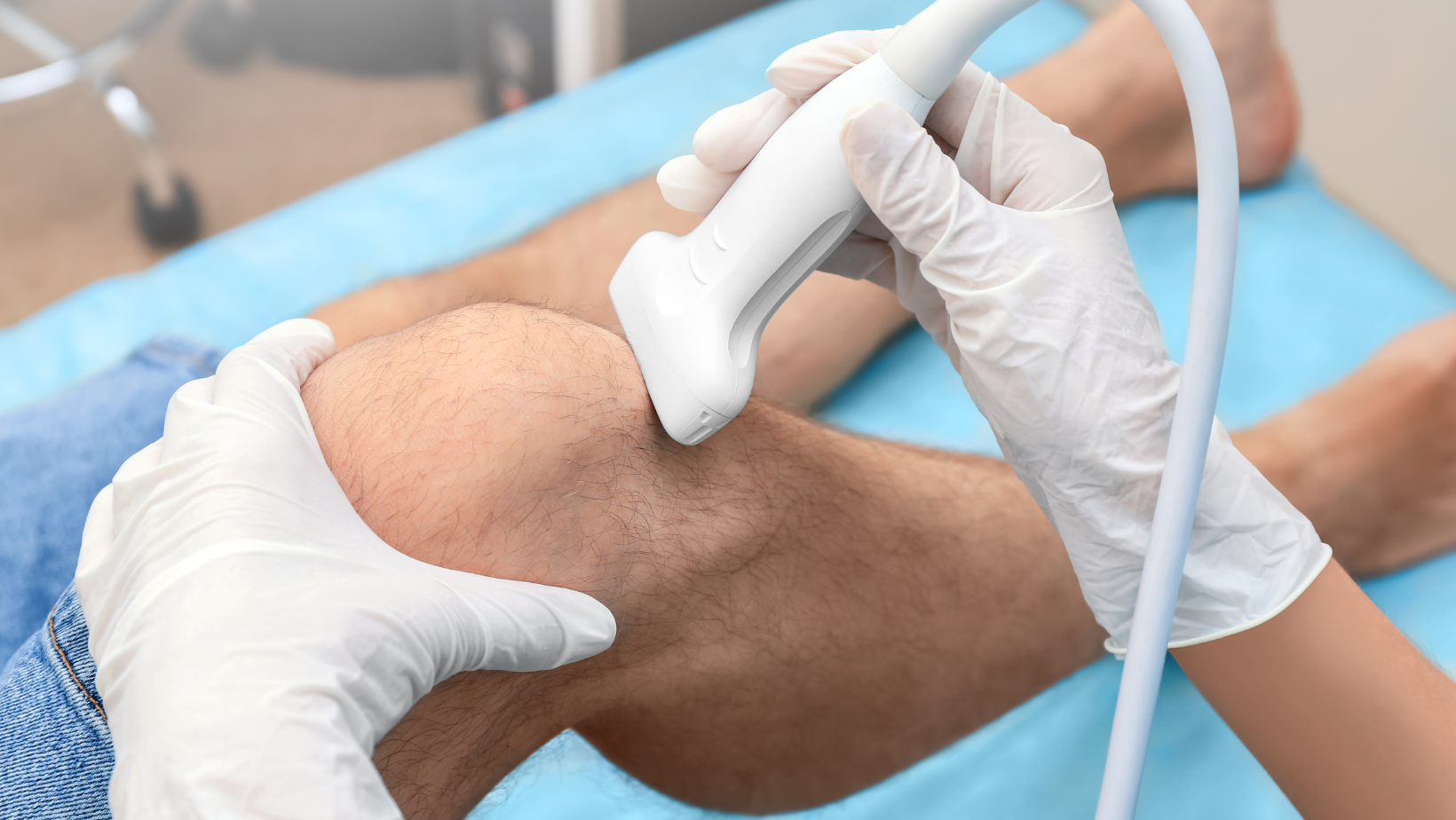A musculoskeletal ultrasound is a non-invasive diagnostic technique used to examine the musculoskeletal structure of the body. It works by sending high-frequency soundwaves through the body via a probe which bounce off soft tissue lumps, muscles, tendons, and joints. These sound waves are then sent back through the probe and produce a dynamic image of the internal structures within the body for the sonographer to examine.
A musculoskeletal ultrasound is performed for several reasons; however, it’s most used for the following:
- Shoulder examination
- Hip and groin scans
- Elbow and forearm scans
- Knee scans
- Hand and wrist scans
- Foot and ankle scans
Although ultrasound is occasionally used as a form of treatment or therapy – a musculoskeletal ultrasound is most often used to diagnose the following:
- Tears to ligaments, muscle, and tendons
- Achilles tendon in the ankle
- Tendinitis of the rotator cuff in the shoulder
- Hernias and cysts
- Early stages of arthritis in the joints
- Muscle sprains caused by injury
- Benign and malignant soft tissue tumours
- Bleeding in muscles or joints
- Fluid build-up around the joints and muscles
- Foreign bodies in the soft tissues (such as splinters or glass)
- Inflammation around the joints and bursae
The main advantage of a musculoskeletal ultrasound is its ability to produce dynamic images of internal body structures without invasive or painful measures. In addition to this, a musculoskeletal ultrasound is a fairly quick procedure to carry out which benefits both the practitioner and the patient.
We work with both NHS and private clinics throughout the UK providing a wide range of probe repair and maintenance services. Our services are cost-effective and carried out by manufacturer-trained engineers in our certified repair lab.
Get in touch with our team to find out more about our repair services, maintenance contracts, and Clarius handheld ultrasound devices here.
